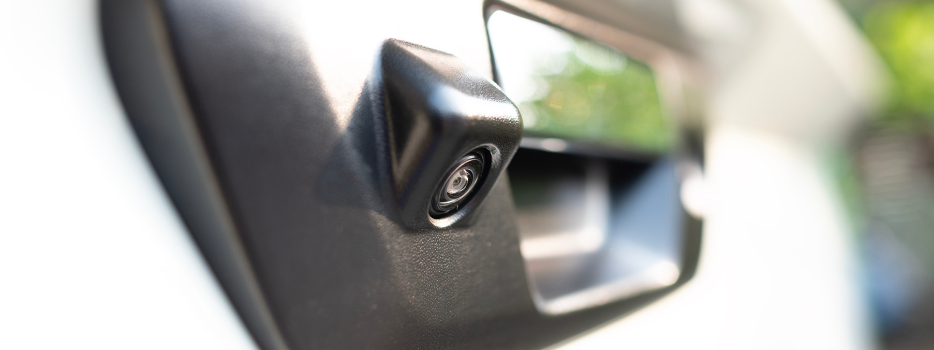Technological advancements have made our cars more sophisticated. Keeping the sensors clean during winter ensures the systems function correctly. Freezing temperatures, salt and grime buildup, and heavy snowfall can block sensors or create false readings. Even worse, they could trigger constant chimes in your car, repeatedly alerting you that something is wrong.
Here’s a list of sensors your car may have:
Forward collision warning (FCW) system
Car manufacturers have done an excellent job installing the sensors, so it may take a couple of strolls around your car to find them. FCW checks the road in front of you and is designed to warn you if a car in front of you is traveling at a slower speed or has stopped. When this happens, the system may send you various warnings, such as sounds, visuals, vibrations, or a brake pulse.
Adaptive cruise control
This system automatically adjusts your speed if you approach a car that’s traveling slower than you are. This system may use radars mounted in your grille and an in-vehicle camera.
Blind-spot monitoring system
This system warns of cars or motorcycles hidden from you, i.e., in your blind spot. In the good old days, blind spot mirrors were used to help with this. Today, this system alerts you by sound, visualization, or vibration. With my car, the outside mirrors light up with an orange color. The radars for this system are usually found in your car’s rear quarter panels. While this part of the car doesn’t get as dirty as the front and rear, it’s important to be mindful of their location.
Cameras
Front and rear cameras help you to see what’s in front or behind your car. Three hundred sixty-degree camera systems give you a virtual top-down view of your surroundings. I’m constantly cleaning our cameras, because road spray can make it difficult to see and snow or ice buildup can cause them to function erratically.
Back-up warning/Rear cross traffic alert
These sensors provide an audible alert as you get close to things or as rear cross traffic approaches. The closer an object is, the faster the signal sounds. These sensors are usually in your car’s rear bumper.
Windshield
Cameras and other technology, such as automatic windshield wiper sensors may be built into the glass. Be sure your entire windshield is clear of snow and ice. The little peepholes that some motorists use isn’t sufficient for safe driving.
If you have difficulty finding the sensors on your car, please refer to your owner’s manual or call your local car dealership.
Maintenance tips
If your car has this technology, regular car washes can keep it free and clear of snow, ice, and road spray. If the temperature is too cold, a small, damp microfiber cloth may do the trick. To bolster your cleaning tools, here are some additional items you can buy:
- Lens cleaning wipes
- Small brushes for cleaning radars in your grill
- Compact de-icing sprays
Finally, avoid using hot water on frozen components, as it can cause cracks or further damage.






